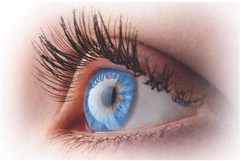Double vision: understanding causes of double vision


Eyesight is a precious gift that’s relied on every day, for tasks big and small. From pouring morning coffee to driving to work, eyes play a crucial role in navigating the world.
...

Eyesight is a precious gift that’s relied on every day, for tasks big and small. From pouring morning coffee to driving to work, eyes play a crucial role in navigating the world.
...